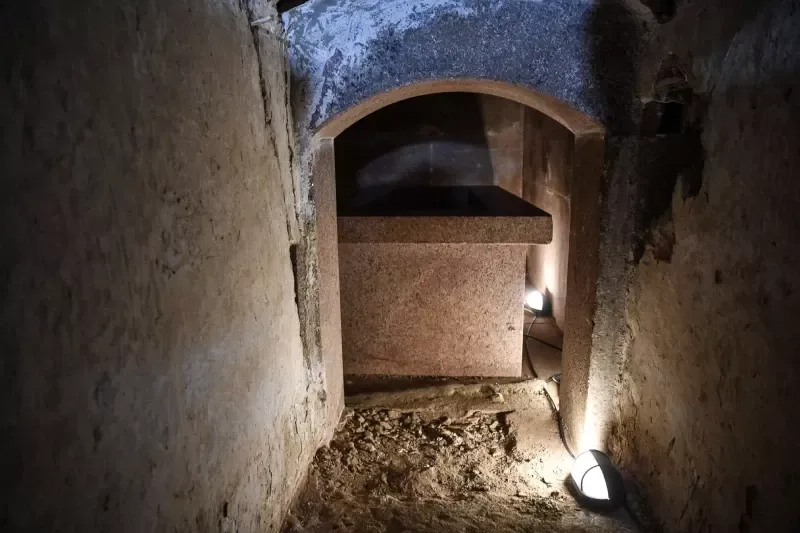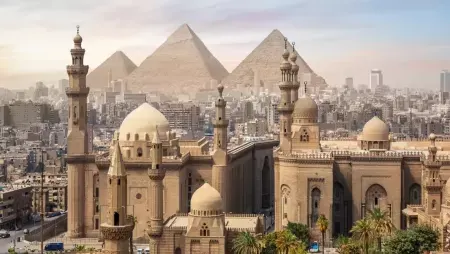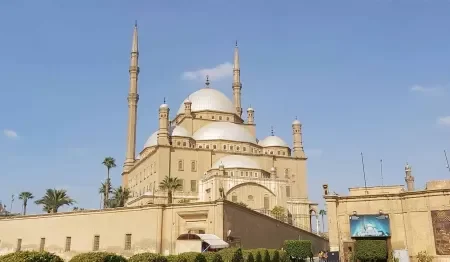The Pyramid of Lahun
The Pyramid of Lahun, also known as the Pyramid of Senusret II, is a fascinating archaeological site located in the Faiyum Oasis of Egypt. Constructed during the Twelfth Dynasty of the Middle Kingdom, this pyramid stands as a testament to the architectural prowess and cultural significance of ancient Egypt. In this comprehensive wiki, we delve into the history, construction, purpose, and significance of the Pyramid of Lahun, unraveling its mysteries and shedding light on its enduring legacy.

History and Discovery
The history of the Pyramid of Lahun dates back to the reign of Pharaoh Senusret II, who commissioned its construction around 1880 BCE. Situated near the ancient city of Itjtawy, the pyramid served as the final resting place for the pharaoh and his family. The pyramid remained relatively unknown until its rediscovery in modern times, with excavations uncovering its impressive structure and rich archaeological remains.
Architecture and Design for The Pyramid of Lahun
The Pyramid of Lahun is renowned for its unique architectural features and innovative design. Unlike the towering pyramids of Giza, Lahun is a smaller, mudbrick pyramid surrounded by a massive limestone enclosure wall. The pyramid complex includes a mortuary temple, causeway, and subsidiary pyramids, reflecting the standardized layout of Middle Kingdom royal complexes. Through detailed analysis of its construction techniques and layout, archaeologists have gained valuable insights into ancient Egyptian engineering practices and religious beliefs.

Purpose and Function of The Pyramid of Lahun
One of the main questions surrounding the Pyramid of Lahun is its purpose and function. While it served as a royal tomb for Pharaoh Senusret II, its significance extends beyond mere burial chambers. The pyramid complex was also a center for religious ceremonies, cult worship, and administrative activities. Inscriptions and reliefs within the complex provide valuable clues about ancient Egyptian beliefs regarding the afterlife and the divine status of the pharaoh.
Interior Exploration of The Pyramid of Lahun
Venturing inside the Pyramid of Lahun offers a glimpse into the rituals and customs of ancient Egyptian funerary practices. The burial chamber, located deep within the pyramid, was adorned with hieroglyphic inscriptions and burial goods, including pottery, jewelry, and statues. Archaeological excavations have revealed the remains of the pharaoh and his family members, shedding light on their lives and royal lineage. The discovery of intact burial chambers and artifacts has provided valuable information about ancient Egyptian burial customs and religious beliefs.
Legacy and Preservation
Despite its relatively modest size, the Pyramid of Lahun holds immense cultural and historical significance. As one of the few well-preserved pyramids from the Middle Kingdom dynasty, it provides valuable insights into the evolution of pyramid construction and royal burial practices. Efforts to preserve and study the Pyramid of Lahun are ongoing, with archaeologists employing advanced technologies and interdisciplinary approaches to unlock its secrets. By safeguarding this ancient monument for future generations, scholars ensure that the legacy of the Pyramid of Lahun will endure as a testament to the enduring power and majesty of ancient Egypt.
Conclusion
The Pyramid of Lahun stands as a remarkable testament to the achievements of ancient Egyptian civilization. From its innovative design to its rich archaeological remains, this pyramid offers valuable insights into the culture, beliefs, and practices of one of the world's greatest civilizations. Through continued research and preservation efforts, we honor the legacy of the Pyramid of Lahun and ensure that its secrets will continue to be revealed for generations to come.















